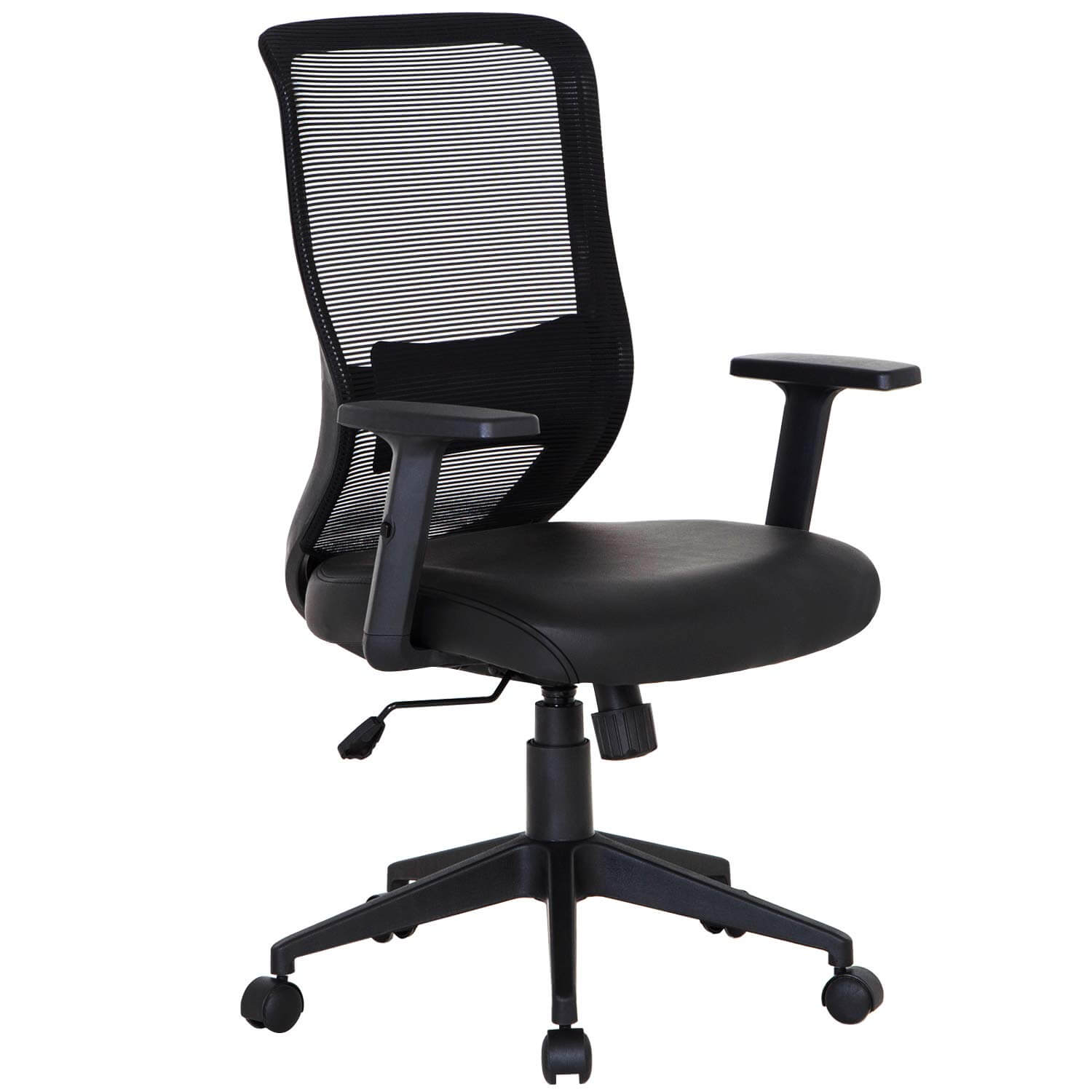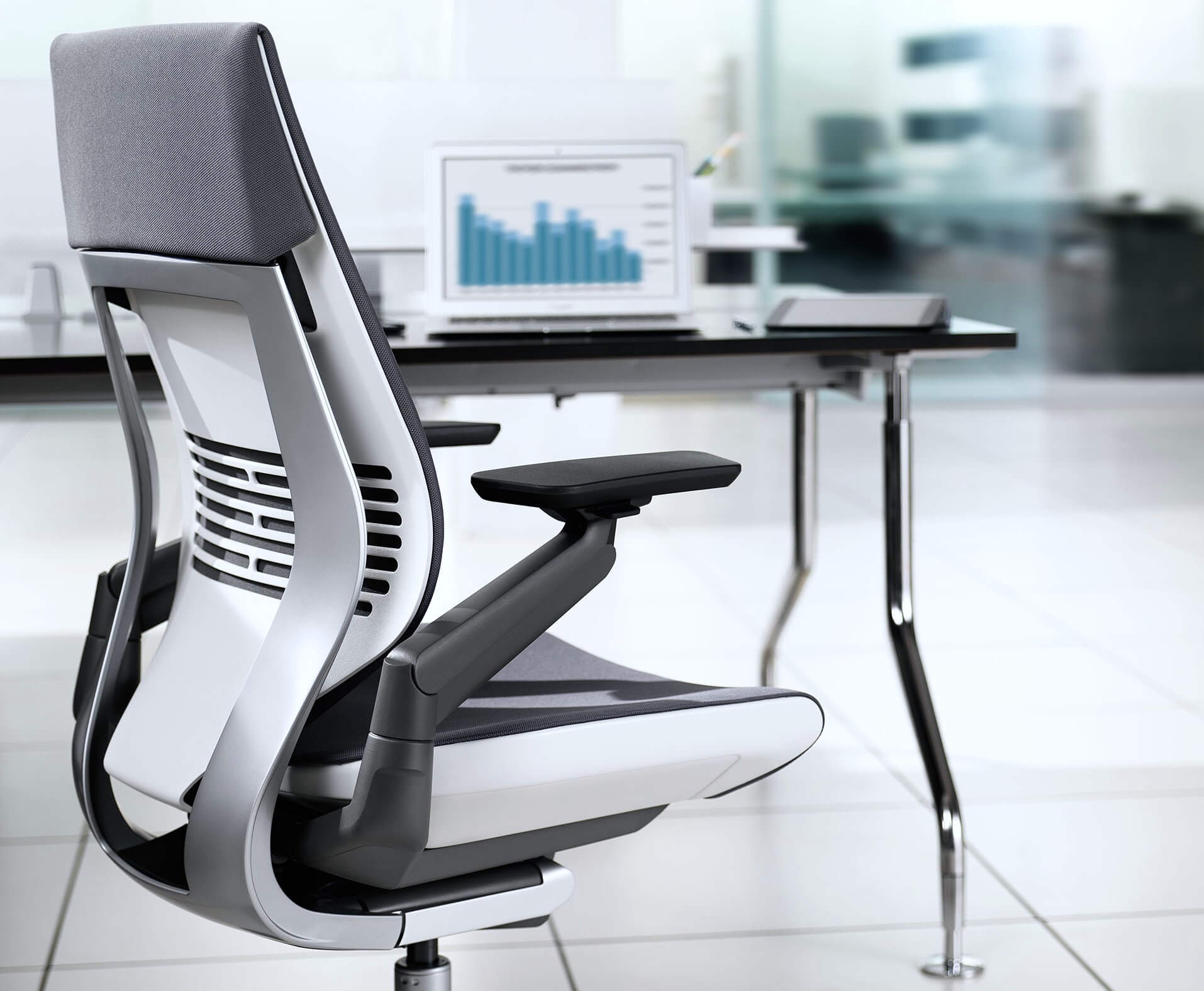Top Ergonomic Chair Features of 2016

The year 2016 marked a significant point in the evolution of ergonomic seating, with a noticeable shift towards more sophisticated adjustability and a greater emphasis on individual user needs. Reviews from that period reveal a clear focus on features designed to promote better posture, reduce fatigue, and enhance overall comfort during prolonged sitting. This focus translated into several key features that consistently topped the lists of desirable attributes.
Three Prevalent Ergonomic Chair Features of 2016
Three features consistently emerged as crucial components in the top-rated ergonomic chairs of 2016: adjustable lumbar support, adjustable armrests, and seat depth adjustment. These elements, when effectively implemented, worked in concert to provide a personalized and supportive seating experience, catering to a wider range of body types and individual preferences. The absence of even one of these features often resulted in a lower overall rating, highlighting their importance in the user experience.
Lumbar Support Mechanisms in Top-Rated Ergonomic Chairs of 2016
Lumbar support mechanisms varied considerably across the leading ergonomic chairs of 2016. Some chairs featured adjustable lumbar supports with simple knobs or levers, allowing users to easily increase or decrease the degree of curvature and adjust the height to match their spinal curve. Others incorporated more sophisticated systems, including inflatable lumbar supports offering a customizable level of firmness, or even integrated mechanisms that moved in tandem with the backrest’s recline. The comparison highlights the evolution from basic, fixed lumbar support to more dynamic and personalized systems. The simpler designs offered ease of use, while the more advanced systems aimed for superior comfort and spinal alignment.
Adjustable Armrests in Popular Ergonomic Chairs Released in 2016
The armrests on popular 2016 ergonomic chairs demonstrated a similar range of adjustability. Basic models often offered only height adjustment, allowing users to position their arms comfortably on the armrests while typing or working at a desk. More advanced models, however, incorporated multiple adjustments, including height, width, and depth adjustment, and sometimes even swivel or pivot capabilities. For example, some chairs featured armrests that could rotate inward or outward to accommodate different desk setups or postures. This enhanced adjustability allowed for optimal arm positioning and minimized strain on the shoulders and neck, a significant improvement over the limited adjustability of previous generations. The benefits included improved posture, reduced muscle strain, and enhanced comfort for users with varying body types and working styles.
Adjustability Comparison of Leading Ergonomic Chair Models (2016)
| Chair Model | Height Adjustability | Tilt Adjustability | Lumbar Adjustability |
|---|---|---|---|
| (Example Model A – replace with actual model name from 2016) | Yes, wide range | Yes, multiple angles | Yes, height and firmness |
| (Example Model B – replace with actual model name from 2016) | Yes, limited range | Yes, limited angles | Yes, height only |
| (Example Model C – replace with actual model name from 2016) | Yes, wide range | No | Yes, inflatable lumbar support |
User Reviews and Satisfaction from 2016: Best Ergonomic Chair 2016

The year 2016 saw a burgeoning market for ergonomic chairs, a reflection perhaps of the increasing awareness of the importance of posture and workplace well-being. Online reviews, that vast and often unreliable chorus of consumer voices, offered a fascinating, if sometimes contradictory, glimpse into the realities of ergonomic chair ownership. Sifting through the cacophony of praise and complaint reveals a nuanced picture, one shaped by price points, individual needs, and the often-unpredictable nature of manufacturing consistency.
The sheer volume of user feedback from 2016 provides a rich dataset to analyze. Positive reviews frequently lauded the improved posture, reduced back pain, and increased comfort afforded by these chairs. Conversely, negative experiences highlighted issues that, while seemingly minor individually, collectively paint a picture of the challenges inherent in balancing ergonomic design with mass production and affordability. This analysis will delve into the specifics of these experiences, categorized by price and focusing on the recurring themes of comfort, durability, and build quality.
Positive and Negative User Experiences
Positive user feedback consistently centered on improved comfort and postural support. Many reviewers reported a significant reduction in back pain and improved overall well-being after switching to an ergonomic chair. The ability to customize the chair’s settings – adjustability of height, lumbar support, armrests – was repeatedly praised as a key factor contributing to user satisfaction. However, a significant portion of negative reviews focused on issues of durability and build quality. Complaints ranged from flimsy armrests and easily-damaged mechanisms to the premature failure of crucial components like the gas lift cylinder. These issues often manifested themselves after relatively short periods of use, undermining the long-term value proposition of these supposedly durable investments.
Recurring Issues in User Reviews
Comfort, durability, and build quality emerged as the three dominant themes in 2016 ergonomic chair reviews. Regarding comfort, complaints often revolved around insufficient lumbar support, uncomfortable seating surfaces (especially for extended use), and poorly designed armrests that hindered rather than aided proper posture. Durability concerns frequently centered on the chair’s frame, gas lift mechanism, and the overall sturdiness of the construction. Many reviewers reported experiencing squeaking, wobbling, or outright component failure within the first year of ownership. Build quality issues often manifested as inconsistencies in materials and assembly, leading to uneven surfaces, loose screws, and general instability.
User Reviews by Price Range
Budget ergonomic chairs, predictably, garnered a higher proportion of negative reviews concerning durability and build quality. Reviewers frequently reported cheaper materials, less robust construction, and a shorter lifespan compared to mid-range or high-end options. Mid-range chairs generally received more balanced reviews, with some users praising their comfort and functionality while others still experienced issues with durability. High-end ergonomic chairs, while generally more expensive, tended to receive overwhelmingly positive reviews, with users highlighting superior comfort, durability, and build quality. However, even in this category, some isolated cases of manufacturing defects and premature wear were reported.
Key Aspects of Long-Term User Satisfaction, Best ergonomic chair 2016
- Robust Construction: Chairs with a solid frame and high-quality components tended to perform better over the long term.
- Adjustable Features: The ability to customize height, lumbar support, and armrests was crucial for maintaining comfort during prolonged use.
- Comfortable Seating Material: High-quality breathable fabrics and supportive cushioning were vital for preventing discomfort and fatigue.
- Reliable Mechanisms: A smooth-operating gas lift and sturdy tilt mechanism were essential for maintaining functionality and preventing premature wear.
- Manufacturer Warranty and Customer Support: A strong warranty and responsive customer service were highly valued in case of defects or repairs.
